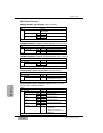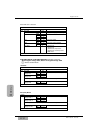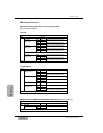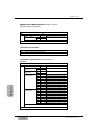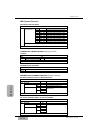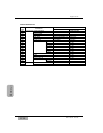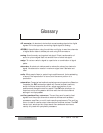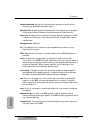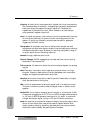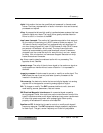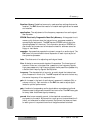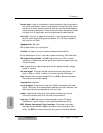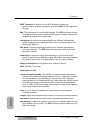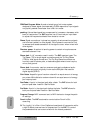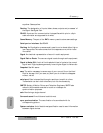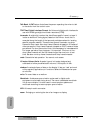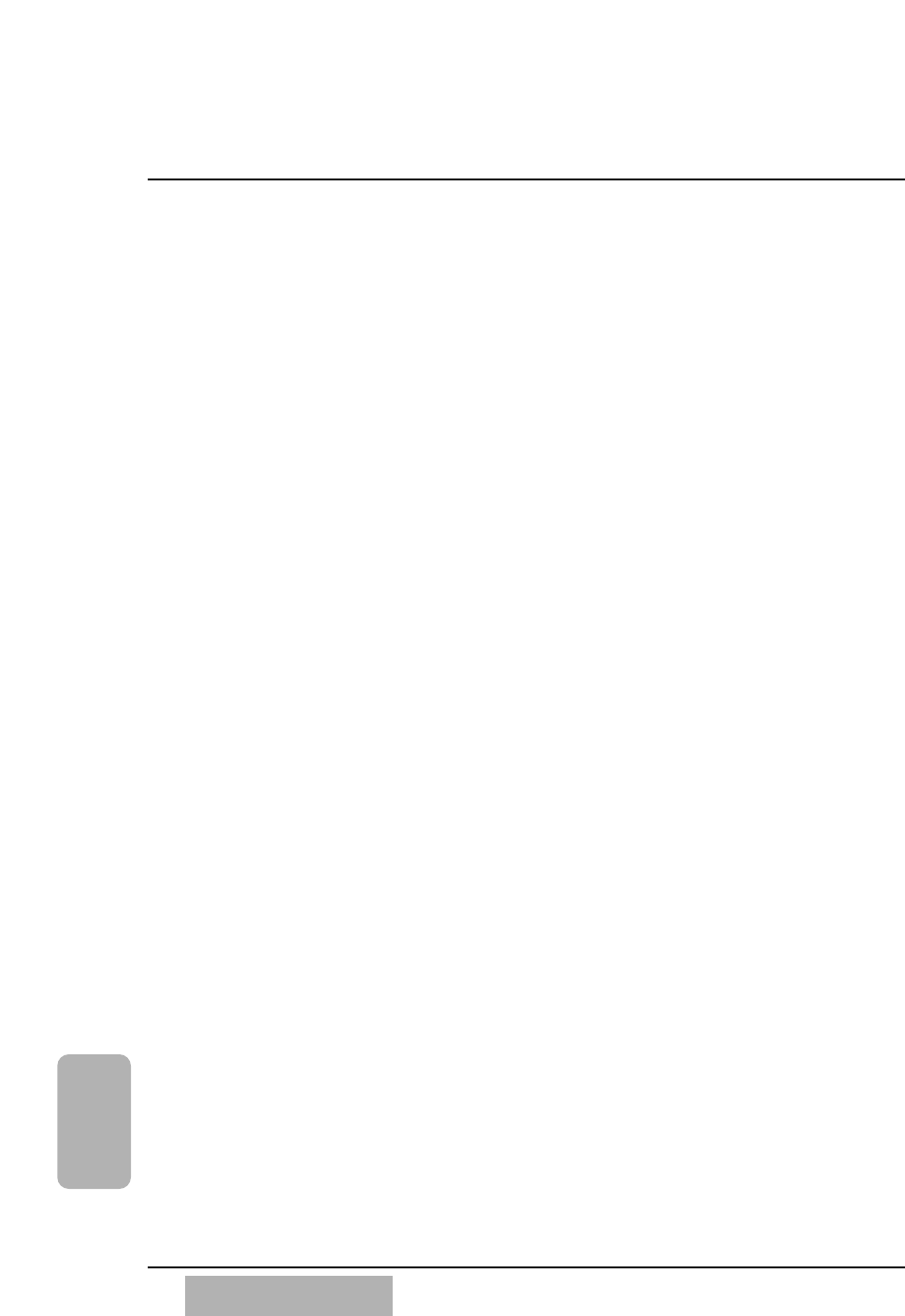
Glossary
DA7 Users’ Guide
Glossary
Glossary-3
clipping. An audio circuit overloaded with a signal that is too large causing
the unwanted effect of distortion. Excessive gain caused by severe audio
distortion where the peaks of the audio signal will rise above the
capabilities of the amplifier circuit. When viewed on an oscilloscope,
audio peaks will appear clipped off.
clock. In digital equipment, clock refers to the timing pulses used internally
for timing and externally to synchronize the other equipment on the
system. In audio, low frequency clock pulses are used for gates and
triggers and for MIDI control.
Compressor. An automatic level control device which boosts low-level
signals and cuts high-level signals, streamlining level settings by reducing
the effective dynamic range. A device for reducing the dynamic range of
an audio signal without imparting distortion.
console. A large, desk-like audio mixer.
Control Change. A MIDI message that provides real-time control such as
Modulation, Volume and Pan.
D/A converter. An electronic device that converts digital signals into analog
signals.
data. Electronic information that is used by a computer when running a
program. Electronic data refers to files and databases, text documents,
images, and digitally-encoded audio and video.
data bus. A bundle of wires that is used for parallel transmission of digital
data. Also see bus and mixing bus.
dBu. A unit of measurement of an audio signal level in an electrical circuit.
This term is commonly used to describe signal levels in modern audio
systems.
decibel/Db. A unit used to measure sound intensity or volume level. 0 dBu
A reference voltage equal to 0.775 Vrms. 0 dBV A voltage reference equal
to 1.0 Vrms. 0 dBFS A reference level equal to “full scale” or maximum
voltage level before digital cliping in A/D and D/A audio converters.
delay. An electrical or mechanical means of delaying the audio signal a short
period of time. Most often used as the basis for special effects. Echo,
reverb, phasing, flanging, doubling, slap back and chorusing are some
effects that use time delay. Also see Dynamic Processor.



